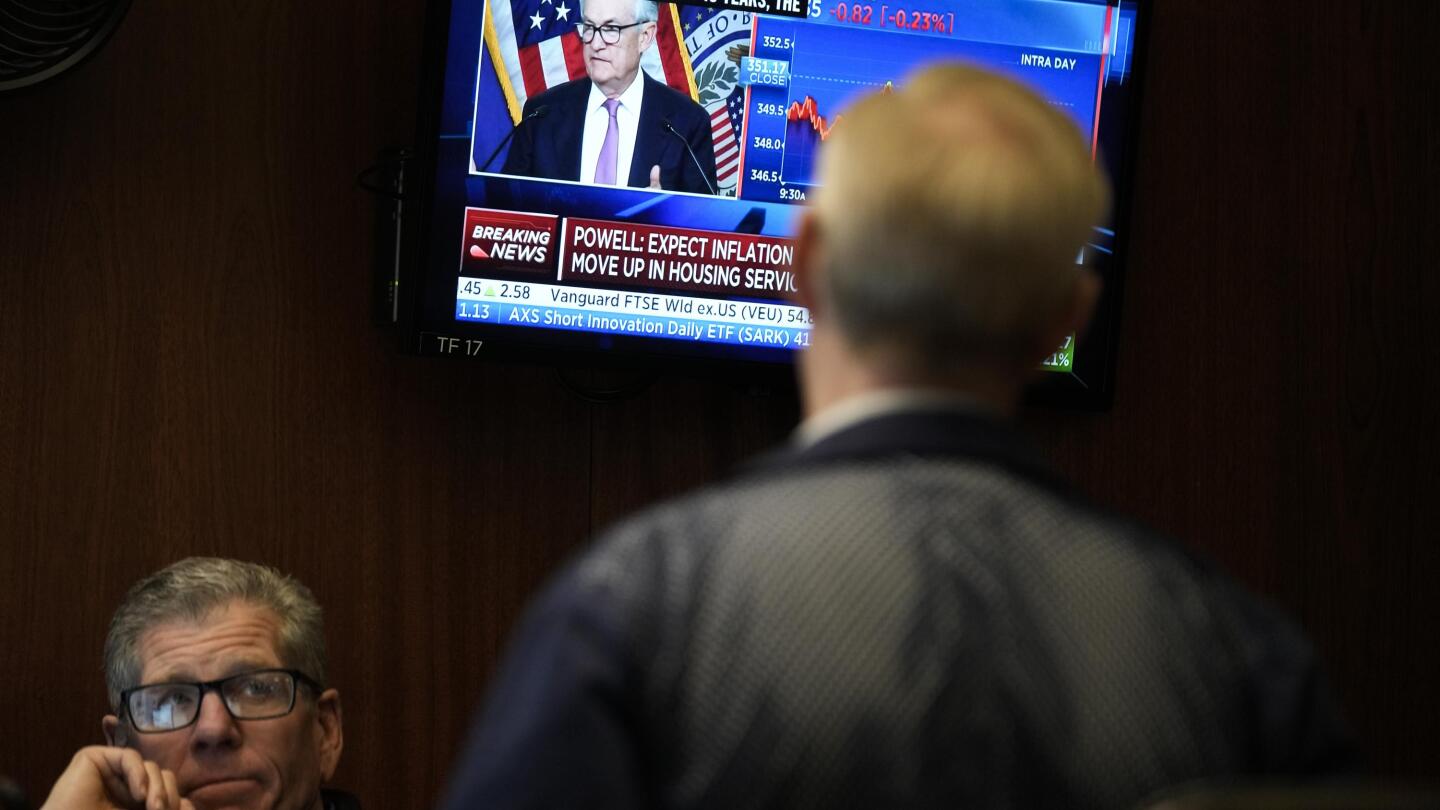
Fed’s rate hikes threaten its goal of narrowing racial gaps
Associated PressWASHINGTON — America’s hiring boom of the past year has narrowed racial disparities in unemployment. The Fed’s rate hikes will mean higher borrowing rates that could hobble the job market and undercut a goal the Fed unveiled two years ago: To keep rates ultra-low for as long as possible, to help less advantaged workers, who often don’t benefit much from job growth until late in an economic expansion. In August 2020, the Fed redefined its goal of maximum employment as being “broad-based and inclusive.” For the first time, it would look beyond the overall unemployment rate and also consider jobless rates for Black and Hispanic workers in setting interest rates. Algernon Austin, who leads the race and economic justice program at the Center for Economic and Policy Research, suggested that while the central bank deserves credit for pursuing an inclusive recovery, “what the Fed does is not going to solve the problem.” Likewise, Powell said last year that he believed Congress and other institutions would have to pursue policies, in education and other areas, to fully eliminate racial inequalities in jobs and incomes. With that policy as a “cushion,” Darrity said, “the Fed could tackle inflation without fear of extreme adverse social consequences.” In a speech last February, Powell acknowledged the limits of the Fed’s powers.
History of this topic

Fed readies a rate cut and faces these four questions
Live Mint
JOBS REPORT: U.S. Adds Robust 254,000 Jobs And Unemployment Dips To 4.1%
Huff Post
Job growth blows away expectations, in boost for Harris
Politico
Jobs report will help Federal Reserve decide how much to cut interest rates
The Independent
Employment worries rise for Fed as inflation challenge is ‘becoming history’
Politico
Fewer Americans file jobless claims as U.S. labor market continues to defy elevated interest rates
LA Times
Will the US unemployment rate continue at historic lows?
Al JazeeraSolid US hiring lowers unemployment rate in latest sign of a still-sturdy job market
Associated Press
U.S. employers add a solid 199,000 jobs and unemployment falls, signaling a still-sturdy labor market
LA Times
U.S. employers pulled back on hiring in October, adding 150,000 jobs
LA TimesA surge of hiring in September defies predictions, pointing to US job market’s enduring resilience
Associated Press
April hiring gains reflect a still-resilient US job market
Associated Press
Fed’s rate hikes likely to cause a recession, research says
Associated Press
Fed’s Powell: Strong hiring could force further rate hikes
Associated Press
Fed raises key rate by half-point and signals more to come
Associated Press
A diminished US workforce could lead Fed to keep rates high
Associated Press
Fed’s Williams says more rate rises needed, sees higher unemployment
Live Mint
Fewer Americans apply for jobless benefits last week
Associated Press
Fed officials call for more rate hikes to fight inflation
Associated Press
September 21, 2022: Fed raises interest rates by three-quarters of a percentage point
CNN
EXPLAINER: 5 key takeaways from the August jobs report
Associated Press
As recession fears grow, strong US hiring is likely slowing
The Independent
More job gains point to a solid economy and Fed rate hikes
Associated Press
US hiring stays strong as jobless rate falls, wages accelerate
Al Jazeera
Why the Fed feels now is time to tighten credit more quickly
Associated Press
Fed should address racial gaps in jobs, income, Dems propose
Associated PressDiscover Related






































